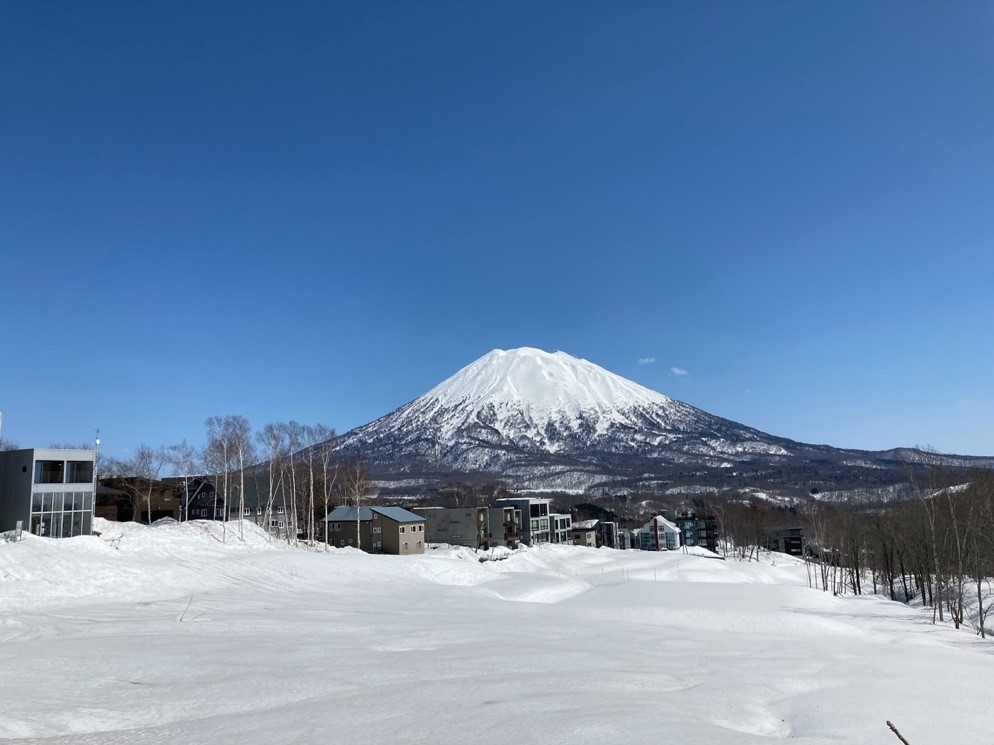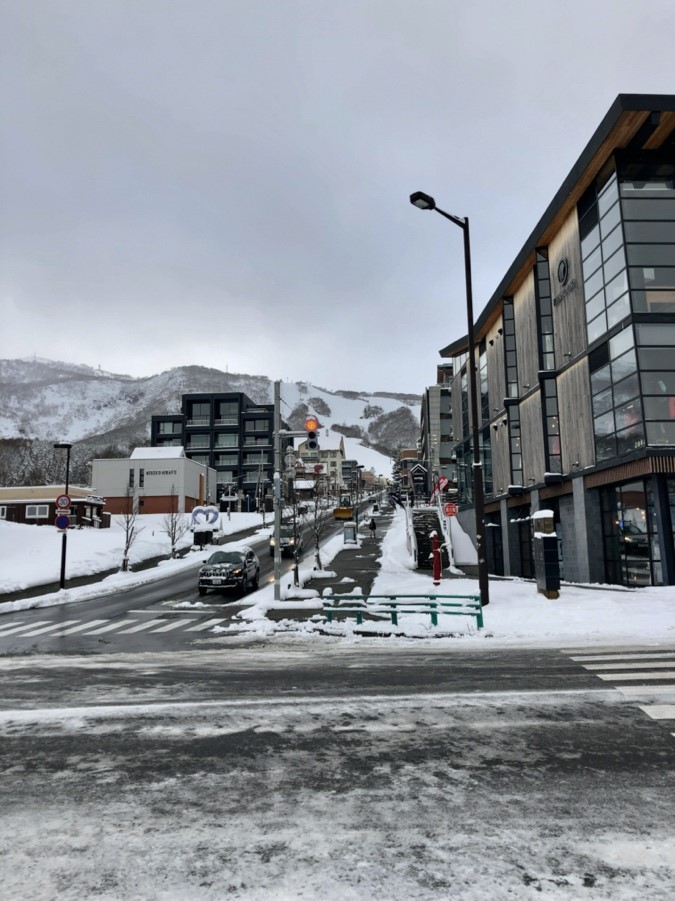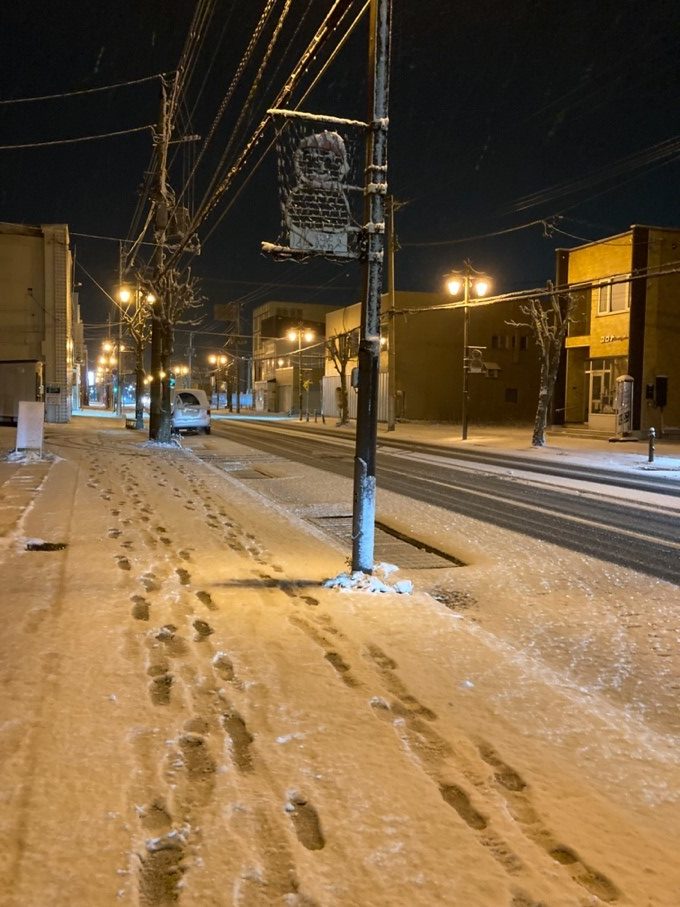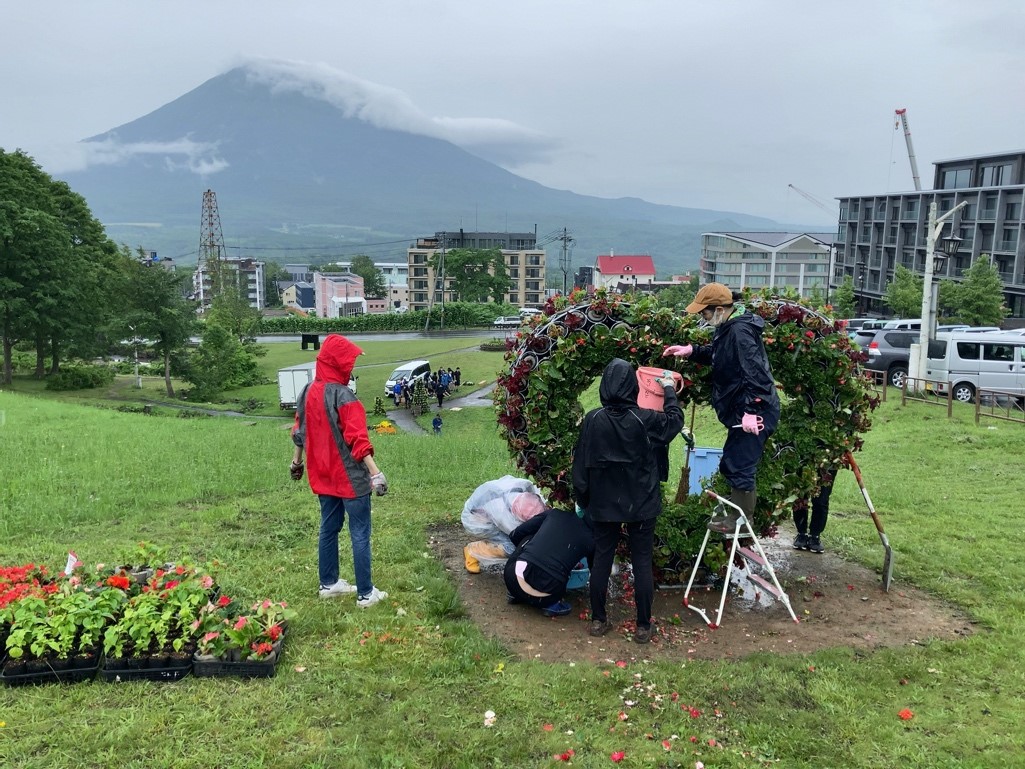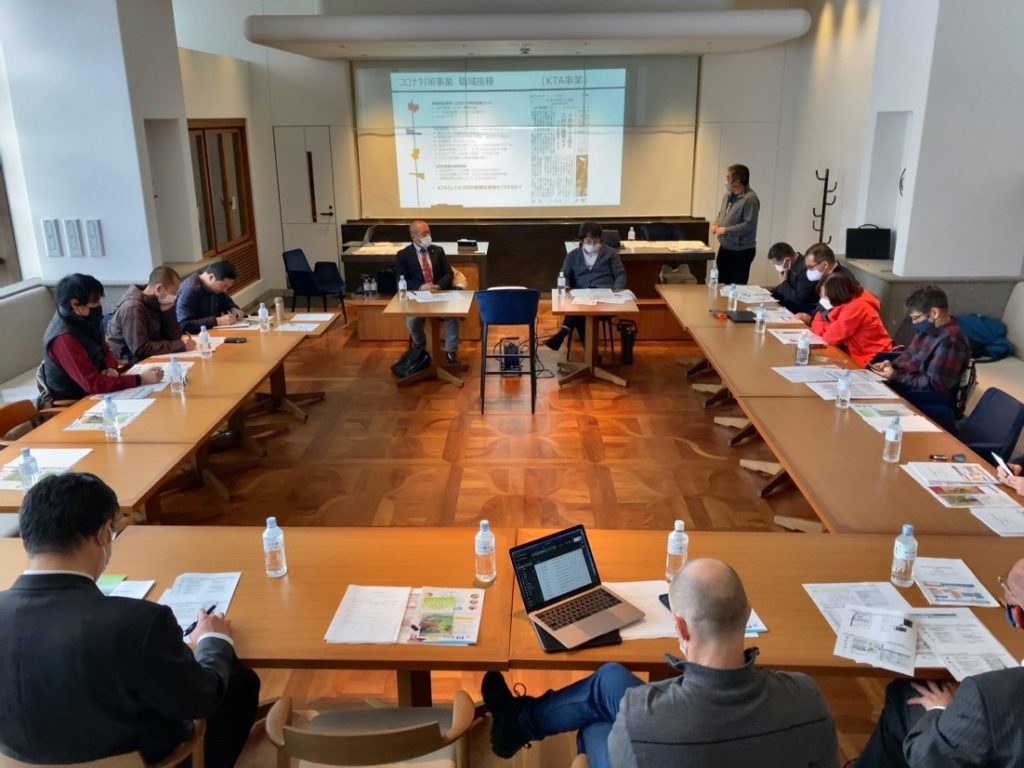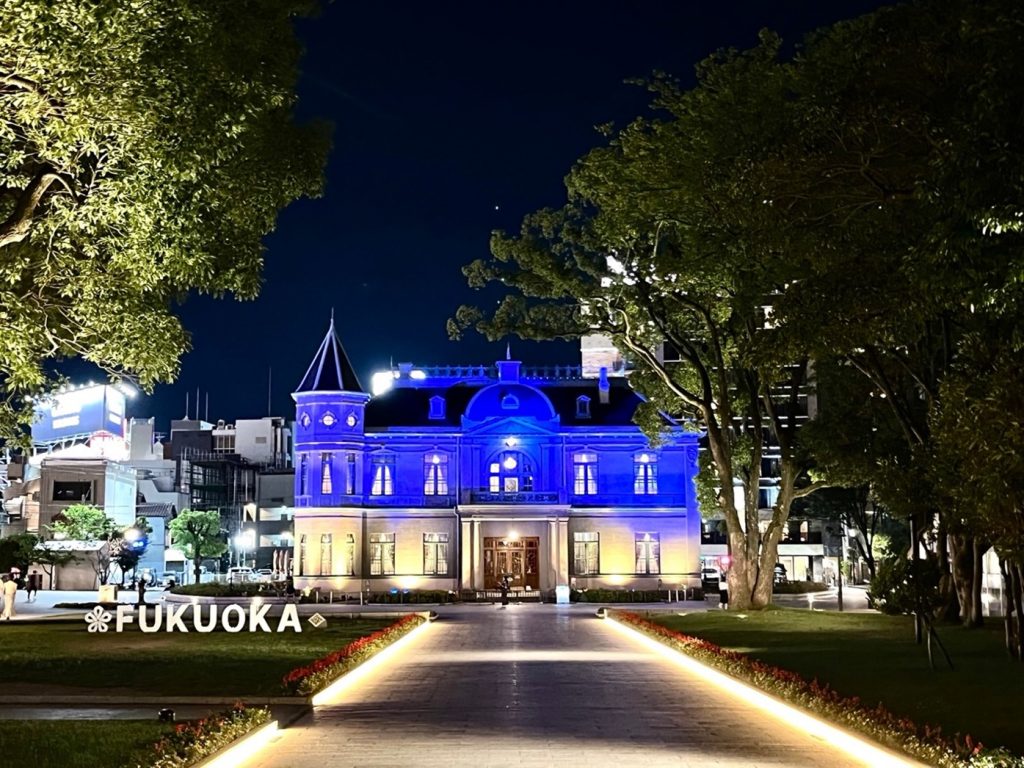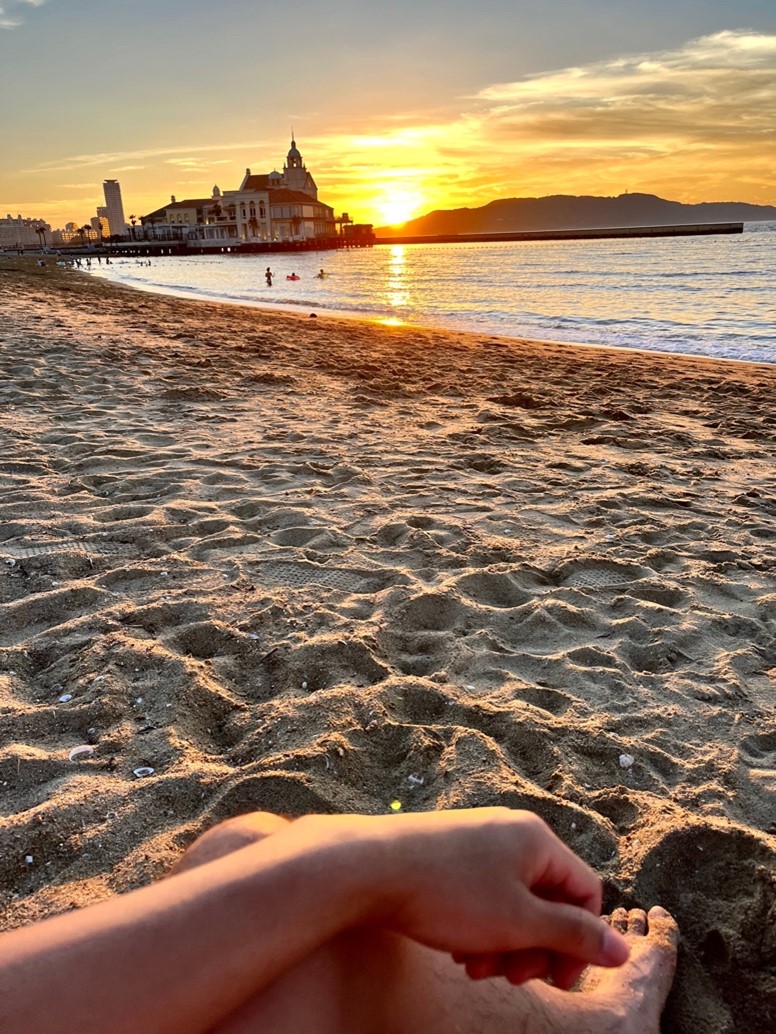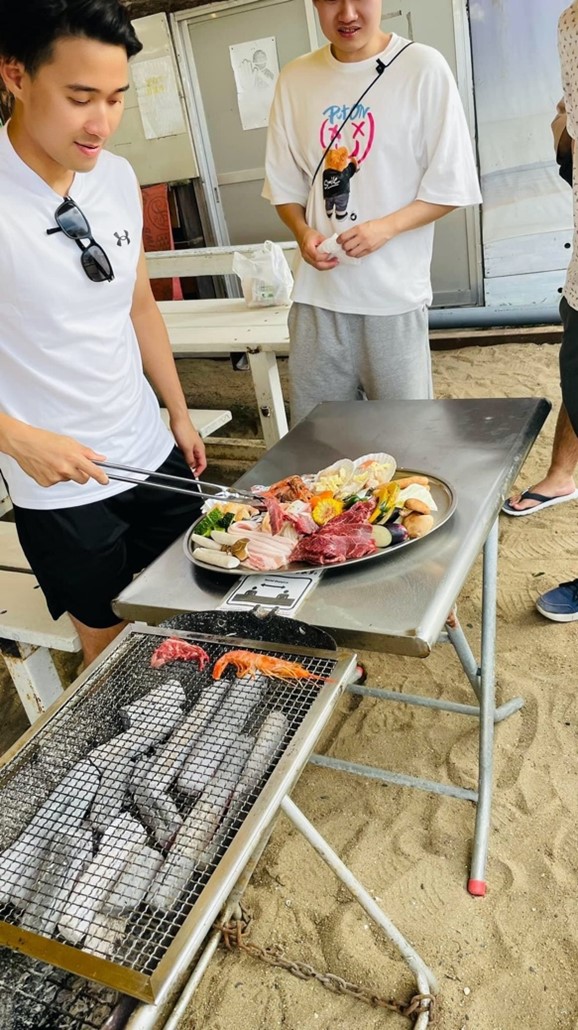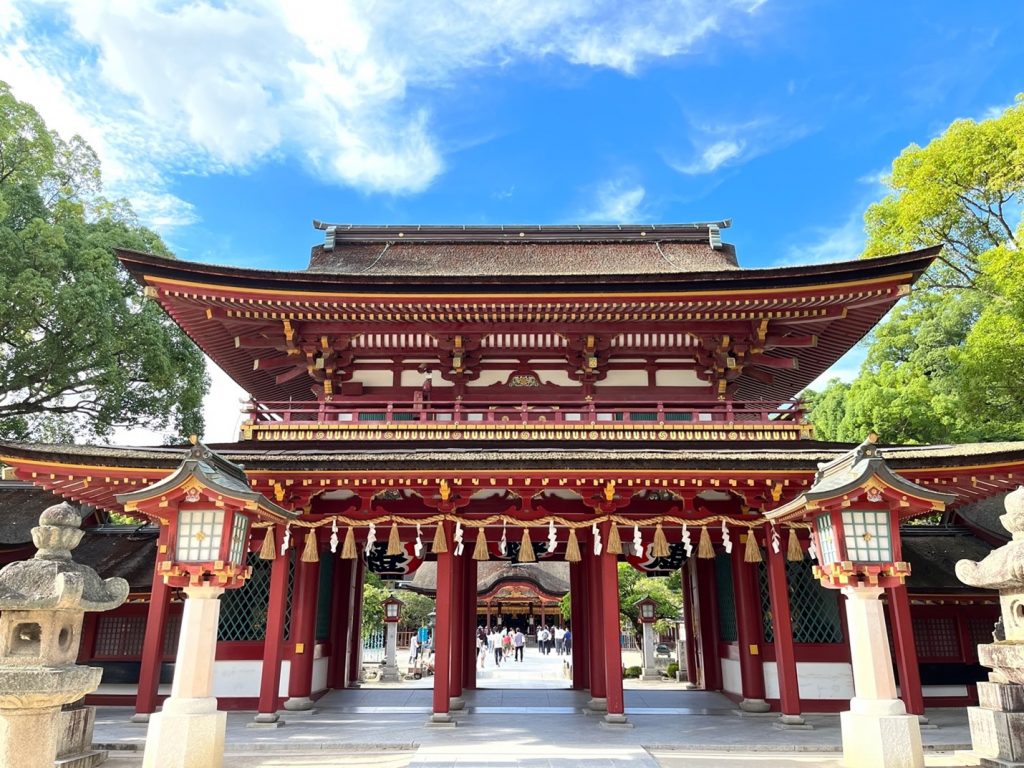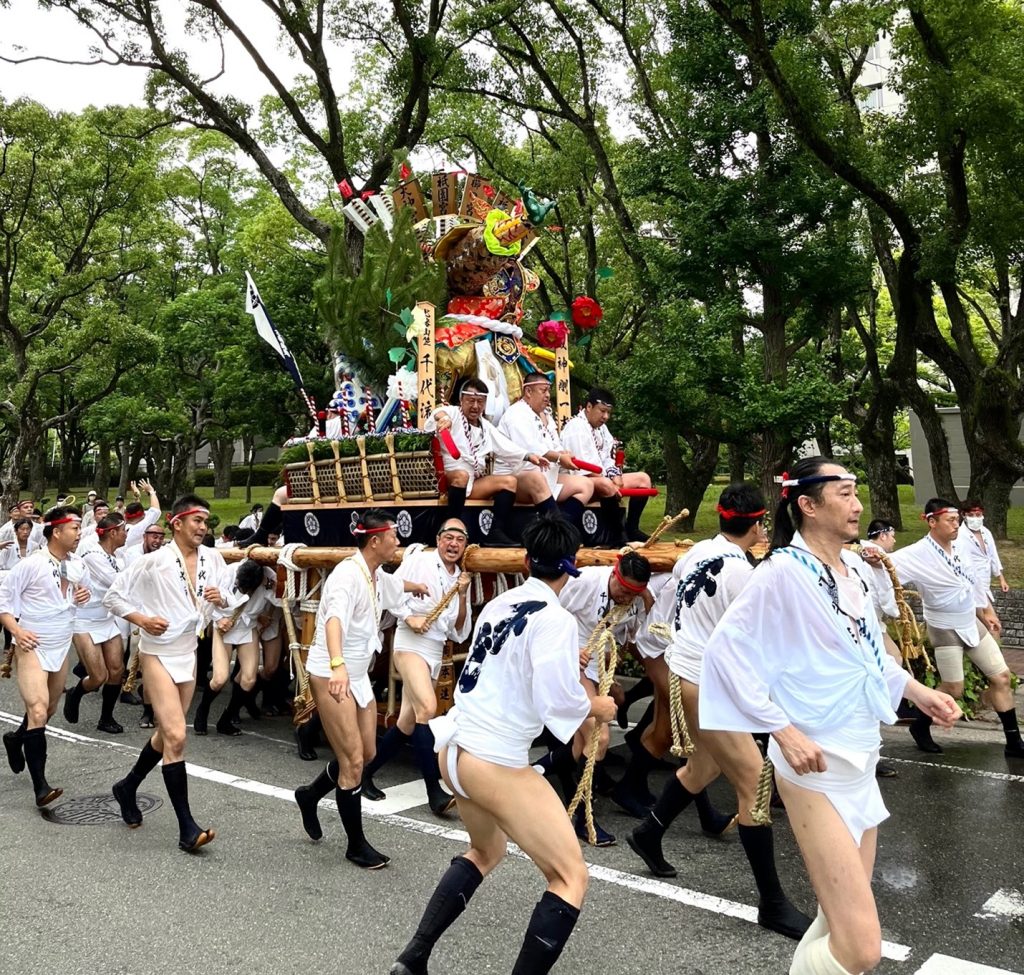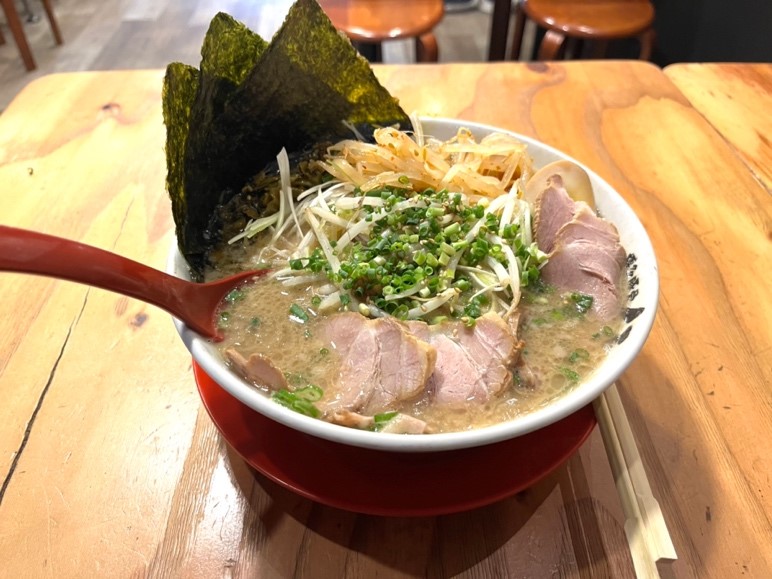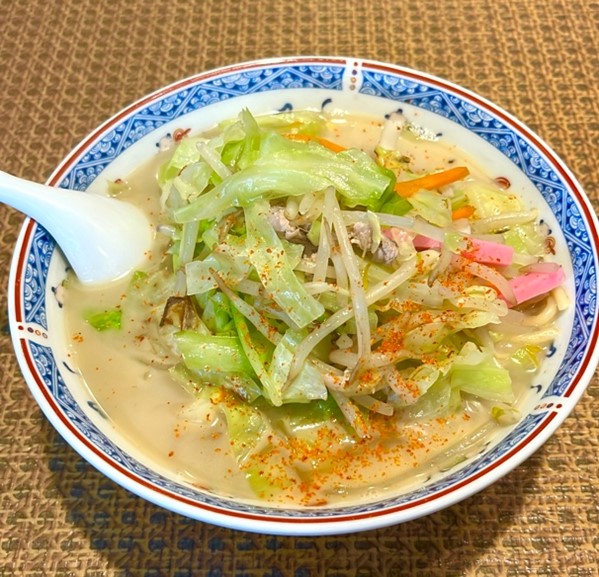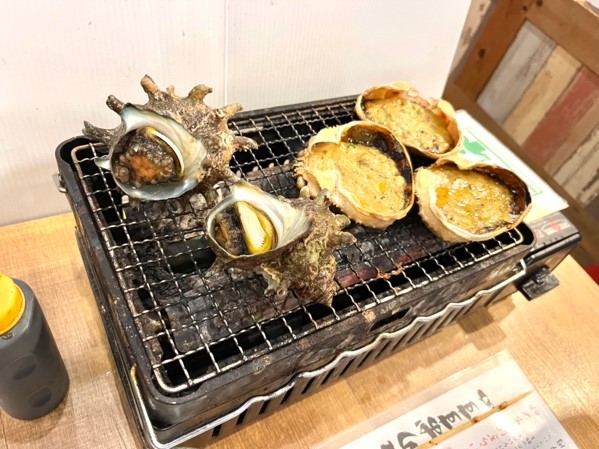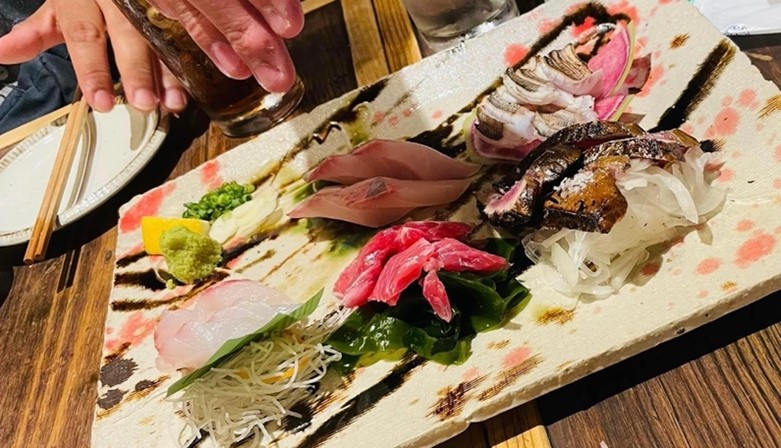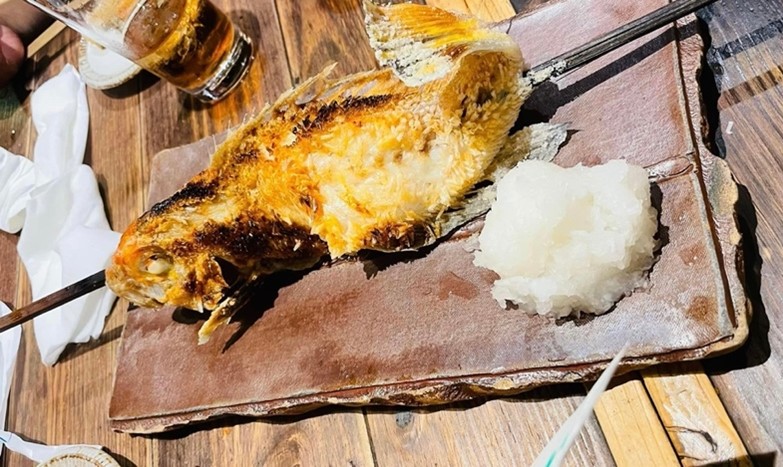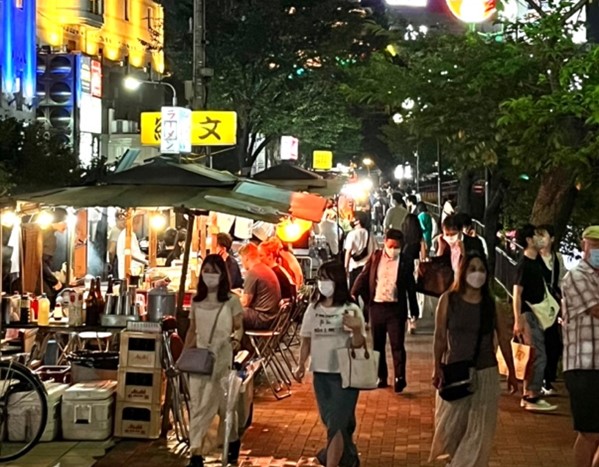by Sarah Bijlsma
On a Monday afternoon, I enter the door of a small esoteric shop on Miyakojima that is hidden behind a bush of shell ginger (getto). I came here together with Kenji, a 40-year-old man originally from Osaka who, until recently, worked as a member of the Community Building Support Staff (chiiki okoshi kyōryokutai). I had been curious about the shop as it describes itself as a space where human vibrations align with the power of nature. The owner, a charismatic man who I estimate to be about 40 years old, tells us that the lapis lazuli, amber, and amethyst jewelry that he sells is inspired by Miyako’s natural world. Stones that have different shades of blue remind him of the ocean, while the darker ones represent the starry sky at night. According to the shop owner, customers often feel a strong connection with one particular stone; it is as if the jewelry picks the buyer instead of the other way around.
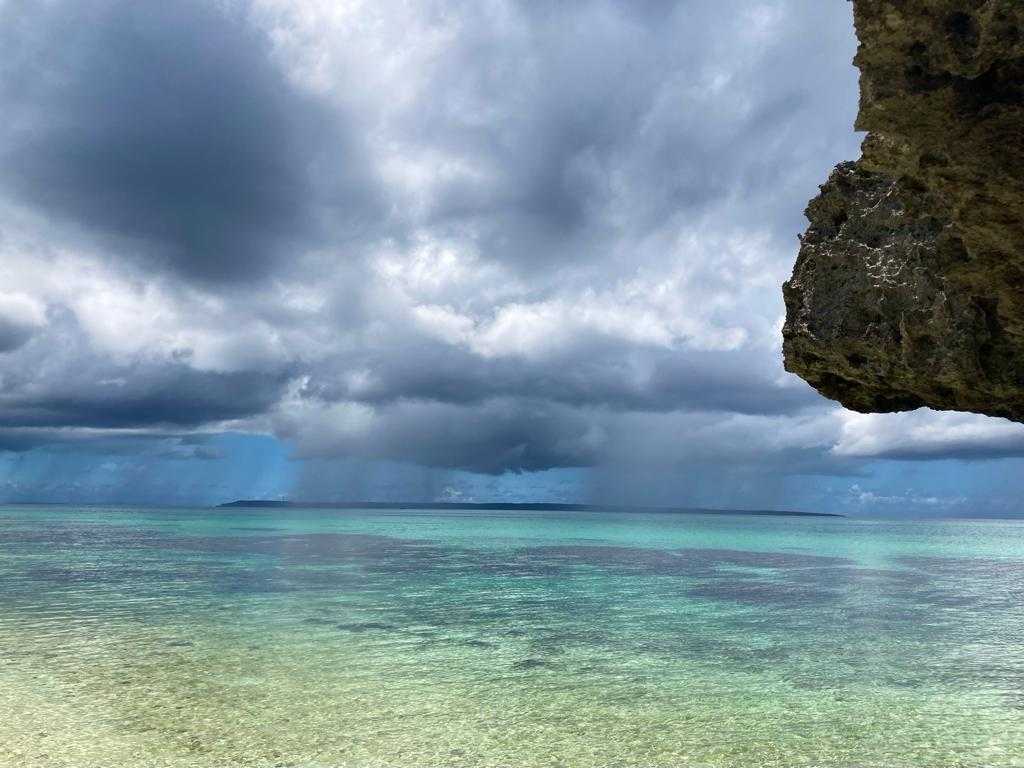
CopyrightⒸSarah Bijlsma 2022
Behind the counter, there is a photograph of the owner and receptionist together with the late former PM Shinzo Abe. “He was a very spiritual person,” the receptionist notes. “And he and his wife grew their own vegetables. I don’t know anything about politics, but from a human perspective I had the feeling he was a very good man.” The receptionist, who introduces herself as Emiko, explains that Abe and his wife enjoyed the island because of the high number of negative ions that make Miyako into one large power spot. Negative ions are said to be molecules or atoms that are electrically charged with negative energy and are considered to have a positive effect on the physical and mental well-being of living beings [1]. Furthermore, the strong energy of Miyako can be related to the many dragon deities (ryūjin-sama) that live here. The world that cannot be seen (me ni mienai sekai) is very present, she explains. In that world, every living being is one and the same, that is why we need to share our knowledge and happiness with each other also in this world.
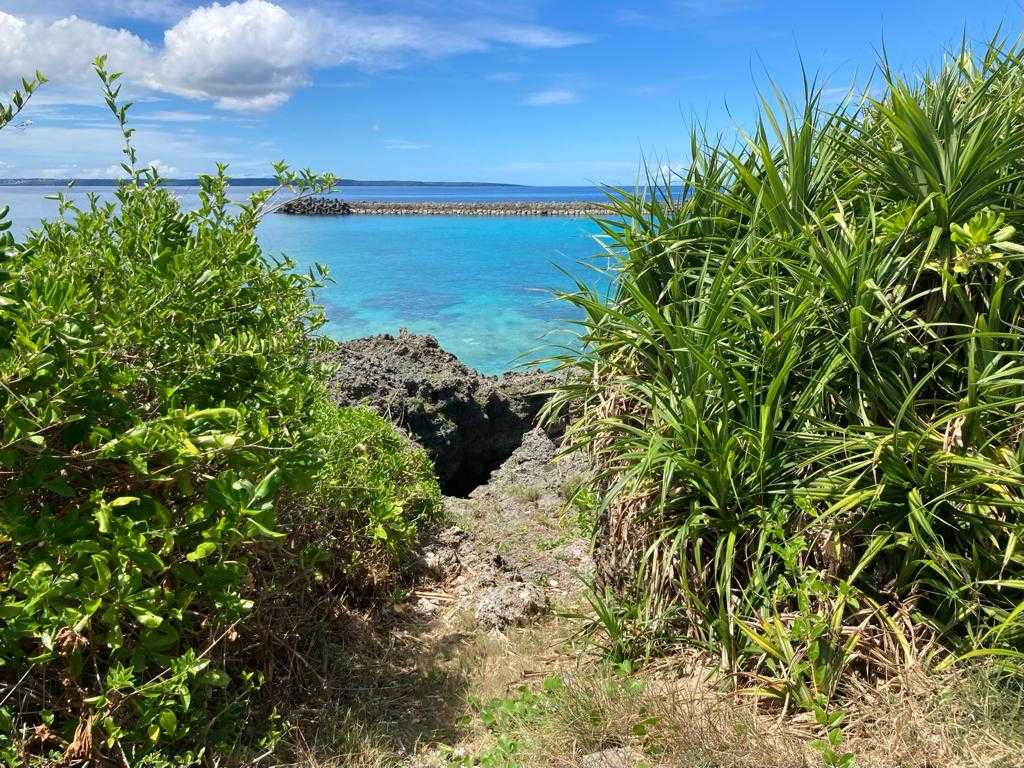
CopyrightⒸSarah Bijlsma 2022
I ask Emiko whether the healing energy of the island remains as powerful as before amidst Miyako’s recent building rush. She says that if development happens in the right way, energy can certainly be preserved. It is important, for example, that the sky of Miyako is not blocked, so winds and the dragons can freely move around. While she acknowledges that construction work goes hand in hand with environmental issues on Miyako, she stresses she is not against development in general. For example, until a few years ago, local children had only the option to go into sugarcane farming when growing up. Due to this lack of opportunities, most of them left and found jobs in other areas of Japan. Now some of them stay to work in the tourist industry or return to Miyako after a couple of years. Moreover, before 2015, the beaches were full of washed-up plastic and garbage that people had left behind. Much of this has been removed. So, development does not only destroy the environment, but it also creates opportunities for improvement. As we say goodbye, Emiko gives me a firm hug and says I can come back whenever I want to know more. Back in the car, Kenji mentions that judging on the atmosphere around her, he thinks she might be a local shaman (yuta) who mediates between the gods and the contemporary world.
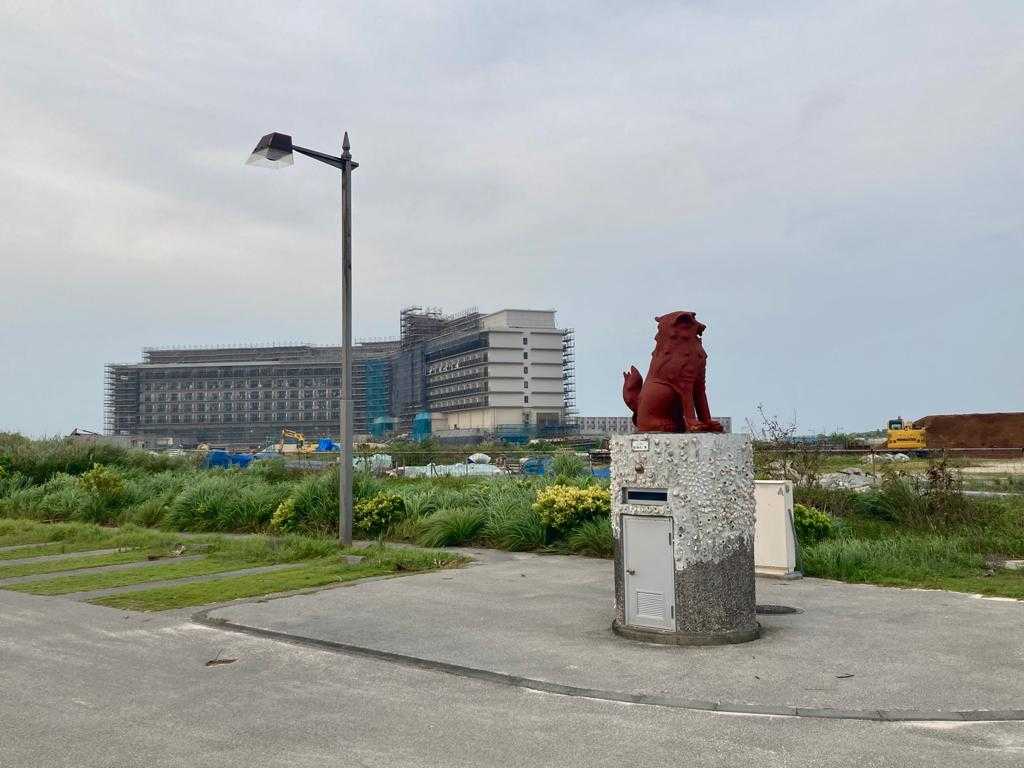
CopyrightⒸSarah Bijlsma 2022
We drive to the ICT center to attend a public talk on recycling. It is organized by Miyako’s Eco Island department that is responsible for environmental policies and PR activities. During the hour and a half presentation, we learn how garbage can be transformed into a valuable resource. Rubber ties can be turned into an energy source used for streetlights and greenhouses in the winter. Also, plastic can be recycled into fashionable drinking cups, of which we all get one after the presentation is done. At the end of the evening, I ask Kenji if he has gained some new insights during the talk. He tells me that he started to think fundamentally differently about Miyako’s development through today’s events. He knows that the community of Japanese migrants on Miyakojima is taking a strong stance against recent changes. But by listening to Emiko and the recycling specialist, he came to understand that development is actually not something that should be avoided at any cost. When you find the right balance, it can become a positive thing for both people and the environment.
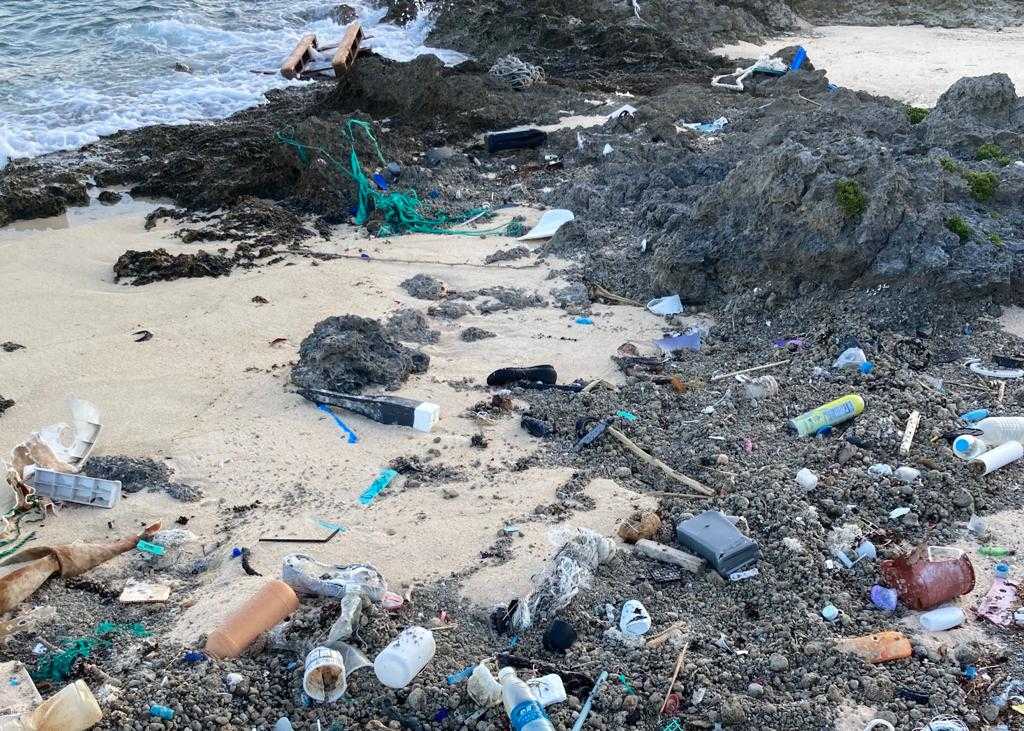
CopyrightⒸSarah Bijlsma 2022
When I left my house that day to learn more about Miyako’s environmental changes through the lenses of spirituality and local policies, I did not expect that in both cases economic development would be advocated to me. It made me realize that local residents think about nature in different terms than Japanese migrants from urban areas. This indicates that environmental issues are not so easily captured in terms of objective truth. Even on an island as small as Miyako, the question of what “nature” is and how it should be protected has different answers depending on who you ask.
References
[1] Jiang, S. Y., Ma, A., & Ramachandran, S. (2018). Negative Air Ions and Their Effects on Human Health and Air Quality Improvement. International journal of molecular sciences, 19(10), 2966. https://doi.org/10.3390/ijms19102966

